This website is no longer active and is now archived. For updates from the Labour Party in Blackheath Westcombe ward, please follow twitter.com/B_W_Labour.
September 28, 2019 Leave a comment
The website of Blackheath Westcombe ward Labour Party
May 27, 2014 Leave a comment
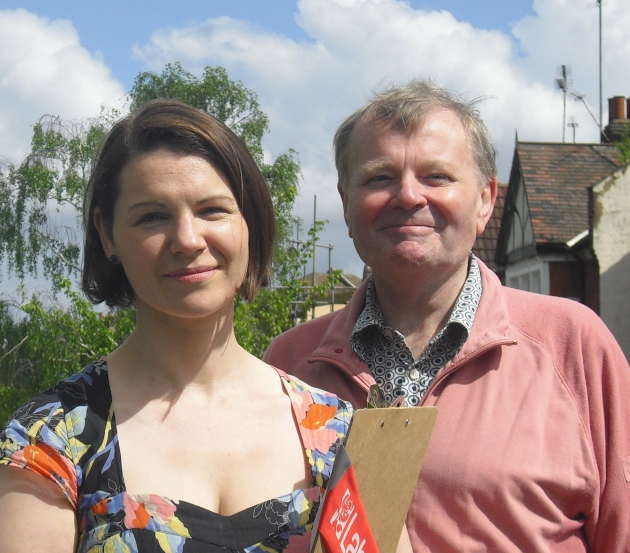 Paul Morrissey and Cherry Parker were elected as Blackheath Westcombe ward’s Labour councillors at the Greenwich Council elections on May 22nd. A big thank you to all who voted for them.
Paul Morrissey and Cherry Parker were elected as Blackheath Westcombe ward’s Labour councillors at the Greenwich Council elections on May 22nd. A big thank you to all who voted for them.May 21, 2014 5 Comments
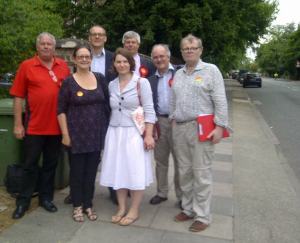
Out on the doorsteps of Kidbrooke Park Road, May 2014. From left to right: Don Austen, Jackie Smith, Alex Grant, Cherry Parker, David Gardner, Damien Welfare and Paul Morrissey
May 15, 2014 4 Comments
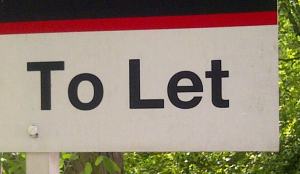 Labour’s new proposals to support the nine million people who rent their homes from private landlords would make a real difference in Blackheath and Westcombe Park – where the number of private renters has increased by 50% in the last decade.
Labour’s new proposals to support the nine million people who rent their homes from private landlords would make a real difference in Blackheath and Westcombe Park – where the number of private renters has increased by 50% in the last decade.May 14, 2014 1 Comment
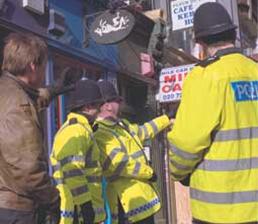 The “Safer Neighbourhood” Police teams of six police officers and community support officers in each council ward in London – introduced by Labour Mayor Ken Livingstone in 2006 and widely credited for a sharp fall in crime since then – are now under threat. Police numbers are falling, police stations are closing, there’s more and more centralisation, and the long-term decline in crime levels in London is starting to go into reverse.
The “Safer Neighbourhood” Police teams of six police officers and community support officers in each council ward in London – introduced by Labour Mayor Ken Livingstone in 2006 and widely credited for a sharp fall in crime since then – are now under threat. Police numbers are falling, police stations are closing, there’s more and more centralisation, and the long-term decline in crime levels in London is starting to go into reverse.May 10, 2014 3 Comments
May 9, 2014 3 Comments
 So now we know the line-up: the OnBlackheath music festival being held on the Heath on September 13-14 will be headlined by Massive Attack, Frank Turner and the Sleeping Souls, Imelda May, and the Levellers.
So now we know the line-up: the OnBlackheath music festival being held on the Heath on September 13-14 will be headlined by Massive Attack, Frank Turner and the Sleeping Souls, Imelda May, and the Levellers.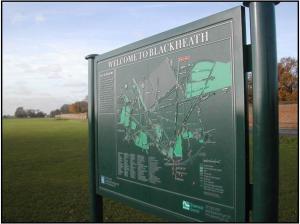
May 2, 2014 1 Comment
 The rebuilding of Invicta Primary School has moved a big step closer. A planning application could be submitted this summer, following consultation with parents and the school’s neighbours, and work could start on site this autumn. The new school building could be completed in late 2015 and all work on site finished as soon as spring 2016.
The rebuilding of Invicta Primary School has moved a big step closer. A planning application could be submitted this summer, following consultation with parents and the school’s neighbours, and work could start on site this autumn. The new school building could be completed in late 2015 and all work on site finished as soon as spring 2016.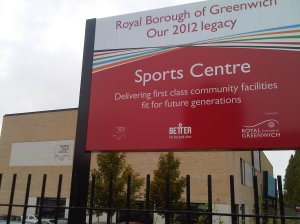 t were supposed to be only temporary) is long overdue: it is two and a half years since Greenwich’s Labour council first submitted a bid to get Invicta rebuilt.
t were supposed to be only temporary) is long overdue: it is two and a half years since Greenwich’s Labour council first submitted a bid to get Invicta rebuilt.April 29, 2014 5 Comments
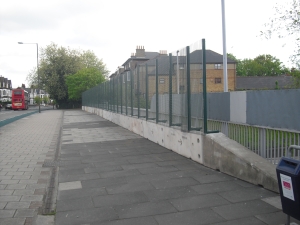 Transport for London has just put up ugly temporary fences on both sides of the Old Dover Road and Charlton Road bridges over the A102 – without consulting or notifying local residents or councillors, and with no regard to the impact on local views.
Transport for London has just put up ugly temporary fences on both sides of the Old Dover Road and Charlton Road bridges over the A102 – without consulting or notifying local residents or councillors, and with no regard to the impact on local views.April 25, 2014 7 Comments
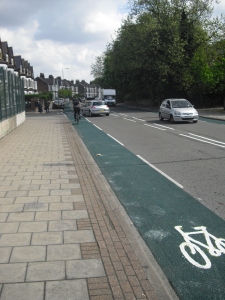 Good to see that work by Greenwich’s Labour council to widen the cycle lanes on Charlton Road (and move parking bays so lanes are no longer blocked by parked cars) is almost complete, making cycling between Blackheath Standard and Charlton a lot easier and safer.
Good to see that work by Greenwich’s Labour council to widen the cycle lanes on Charlton Road (and move parking bays so lanes are no longer blocked by parked cars) is almost complete, making cycling between Blackheath Standard and Charlton a lot easier and safer.